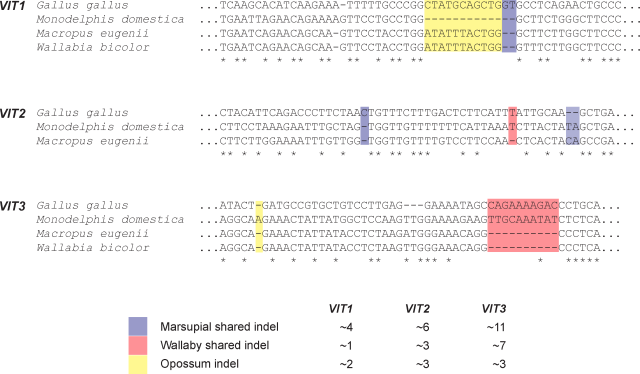Alate_One
Well-known member
I just gave you two ways to falsify it. The only reason they're "unrealistic scenarios" is they don't actually exist. However, they are quite biologically plausible. (PhD Biologist here)The discussion was why there is similarity. Not hypothetical and unrealistic scenarios. And... Evolution (common ancestry) is not falsifiable.
It's only "useful" as a reservoir for bacteria, which is all well and good but not why it originally existed. It is an evolutionary leftover of a Cecum found in more herbivorous animals, which serves as a fermentation chamber for plant matter. That it still has some function doesn't make the earlier statement wrong.There are many many examples of science proving the exact opposite to be true of what Darwinists were claiming. For example... Evolutionists thought our appendix was homologous... A useless evolutionary leftover. science has shown that the appendix is functional, and does not fit any evolutionary path; So, now evolutionists claim our appendix is analogous and that I must have evolved independently dozens of times.
Care to try again?
No, I'm giving you predictions that recent de-novo creationism would make for DNA sequences from biological life forms.You are attempting to argue against hypothetical and unrealistic scenarios. (Strawman)
No, Identical parts between organisms would be consistent with a recent common designer. There's no reason for a sliding scale of difference that doesn't have anything to do with the function of the genes or organisms. There's no reason genes have to have these specific patterns.Hooray..... You finally got to the actual argument. The evidence is consistent is consistent with a common designer.
Cytochrome C oxidase does the same thing in every organism, and yet there's a pattern of nucleotide differences and similarities that are most easily arranged into a tree of ancestry.

Why should our DNA be more similar to primates than other mammals? Was God intentionally trying to make us think we evolved from them? Why not intentionally create humans as unique organisms with unique genetic sequences? There's no biological necessity for it.We should expect that our DNA is more similar to other primates than it is to a carrot. It has nothing to do with common ancestry.
Why are rats and mice so genetically different from each other despite their similar appearance while humans and primates are tremendously genetically similar?
No, it's a system of explaining the available data. It's not easy to falsify because it's designed to explain reality.And, if anything your point number three, is evidence that common ancestry is an unfalsifiable belief system. It is a system of explaining evidence to apriori beliefs.
Those aren't genes, they're retrotransposons. Viral fragments that invade the genome. Occasionally you will find some individual bits of the genome that are different from close relatives. This is not especially surprising since retrotransposons can enter the genome in ways other than just inheritance. Inheritance doesn't always give perfect relationships for every gene, that's why scientists normally use many genes or whole genomes (as was true of the figure I posted).Research shows some genes such as human and armadillo most closely related.. other genes contradict that saying human and elephant are most closely related. And then a third set of genes said that armadillo and elepheant were the closest.
http://www.ncbi.nlm.nih.gov/pmc/articles/PMC2675975/figure/F2/
Your objection is classic cherry picking anyway, the YEC go to defense. Look at this tiny piece of data over here, that falsifies this mountain of data over here. Orrrrr maybe that tiny piece of data isn't what you think it is, and you're just wrong.
That's assuming the truth of your proposition before the science is even done.We can ... We should perform science looking for design and purpose.
There are also many *broken* genes that are shared between humans and primates. There's no similar function to explain them. Beta Hemoglobin pseudogene is a great example.Our Creator used similar genes to perform similar functions in similar creatures. Sometimes, we need to investigate... There is joy in discovering ', that's why God created that way'. You should not just dismiss similar DNA sequences with 'evolution did it'.
This isn't a "dismissal". You're using the apriori assumption that EVERYTHING in the genome must be functional because God wouldn't create a genome with broken stuff in it. That's not how science is performed. We look at the data and go where it leads.
Human psi beta is clearly a hemoglobin gene, or what's left of it. Interestingly enough the sequence is more similar to the same psi beta genes found in other primates than to the functional human beta hemoglobin gene.







